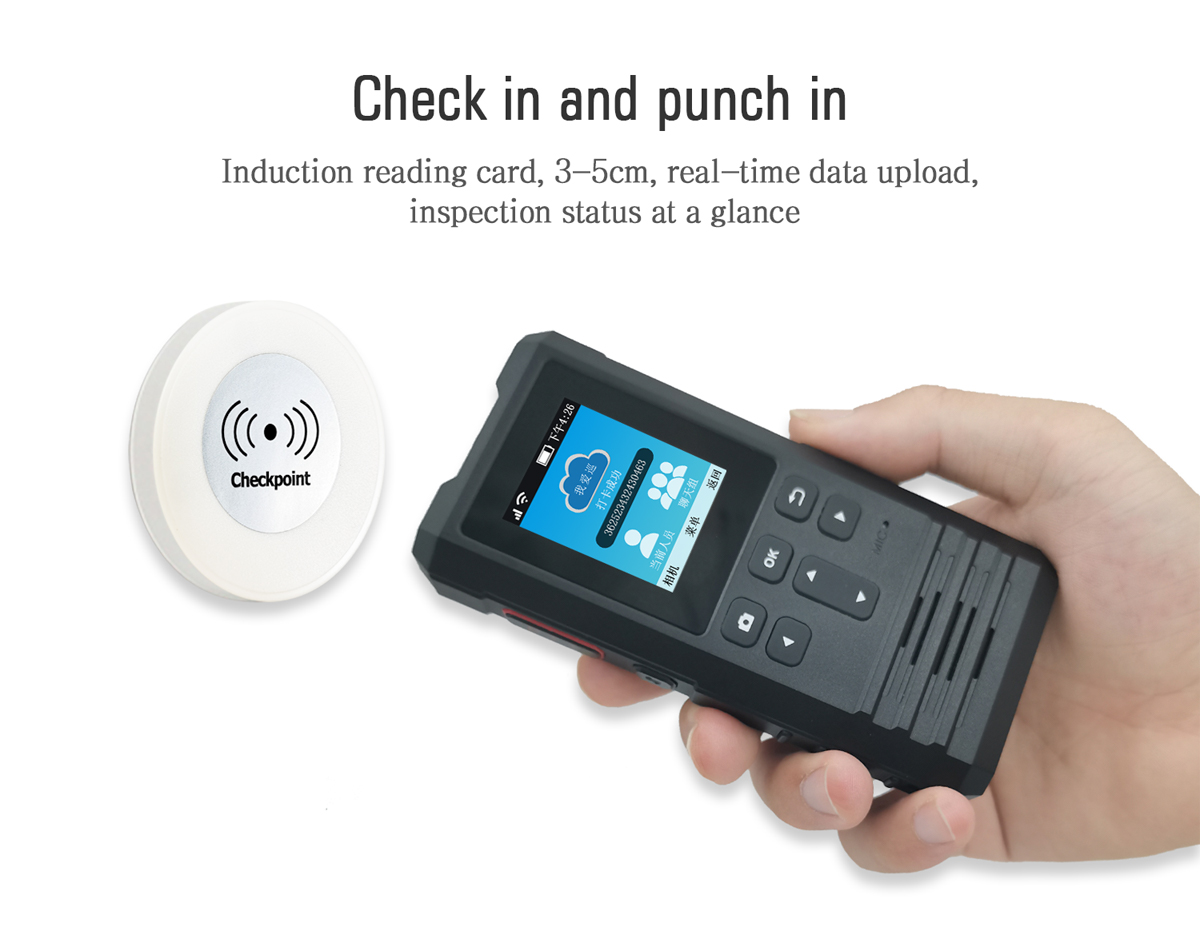

The cornerstone of solving delay problems lies in real-time visibility. Modern security patrol systems continuously monitor guard positions via GPS and plot patrol routes based on preset checkpoints and schedules. When guards deviate or fall behind, the system immediately flags anomalies. This real-time monitoring eliminates reliance on self-log reports and provides managers with real-time updates on patrol progress. By comparing actual timestamps to ideal schedules, patrol systems can identify delays in seconds - whether caused by detours, extended patrols or missed patrols. Instant detection enables rapid intervention before coverage expands, ensuring that every area receives the attention it deserves.
When delays are detected, advanced security patrol systems automatically alert relevant stakeholders. SMS, email, and in-app push notifications inform supervisors of missed or late check-ins and provide the guard ID, checkpoint name, and length of delay. The system also reminds guards to resume their original routes and often provides best practice recommendations. This automated alert capability reduces response time compared to manual checks and phone calls. Automated communications in patrol systems promptly address delays, minimize the risk of unattended areas, and increase guard accountability by generating documented, time-stamped notifications.

When delays are identified, advanced security patrol systems can recalculate the most efficient route to ensure remaining checkpoints are completed on time. Leveraging embedded maps and traffic data (for mobile or campus environments), the system recommends dynamic route adjustments to balance workloads and prioritize high-risk areas. For example, if a guard experiences a delay at checkpoint A, the patrol system might instruct the guard to bypass lower-priority checkpoint B, proceed directly to C, and return to B once the schedule stabilizes. This dynamic route optimization preserves overall coverage integrity and prevents cascading delays, ensuring that guards continue to protect critical patrol areas even in unexpected situations.
When automatic reminders and rerouting fail to restore the schedule, the security patrol system escalates the issue according to predefined protocols. The system detects when someone exceeds configurable thresholds and immediately notifies the secondary guard, supervisor, or duty manager, prompting them to dispatch backup resources or personally check on the late guard's safety. Users can customize these escalation workflows and configure the system to send alerts via SMS, email, or an integrated alert system. By embedding escalation logic in patrol software, organizations can ensure that significant delays trigger a quick, structured response without falling into operational blind spots.

In addition to reactive measures, leading security patrol systems use predictive analytics to predict and prevent delays before they occur. By analyzing historical patrol data, the system can identify patterns that predict delays in patrol schedules. If data shows that certain checkpoints often cause delays on rainy days, or that shift changes slow patrol starts, the patrol system can proactively adjust patrol plans, allocate additional buffer time, or deploy more personnel in advance. These predictive scheduling capabilities can reduce the likelihood of future delays and promote continuous improvement of patrol processes guided by empirical data.
Safety patrol delays weaken coverage, increase risk, and erode stakeholder confidence. By adopting a modern safety patrol system with real-time monitoring, automatic alerts, dynamic route adjustments, escalation workflows, predictive analytics, scheduling integration, and powerful reporting capabilities, managers can transform delay management from a reactive chore to a streamlined, data-driven process.